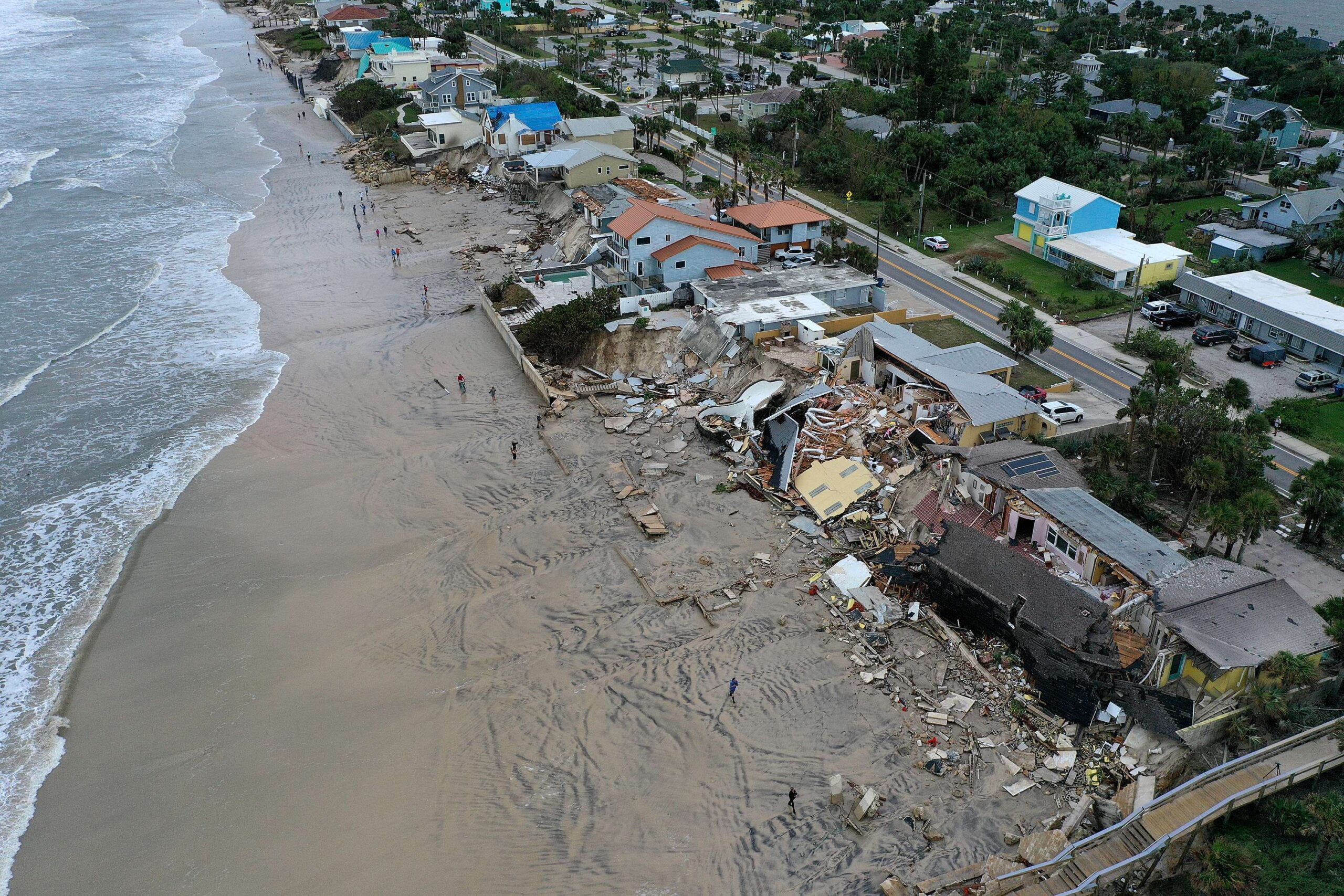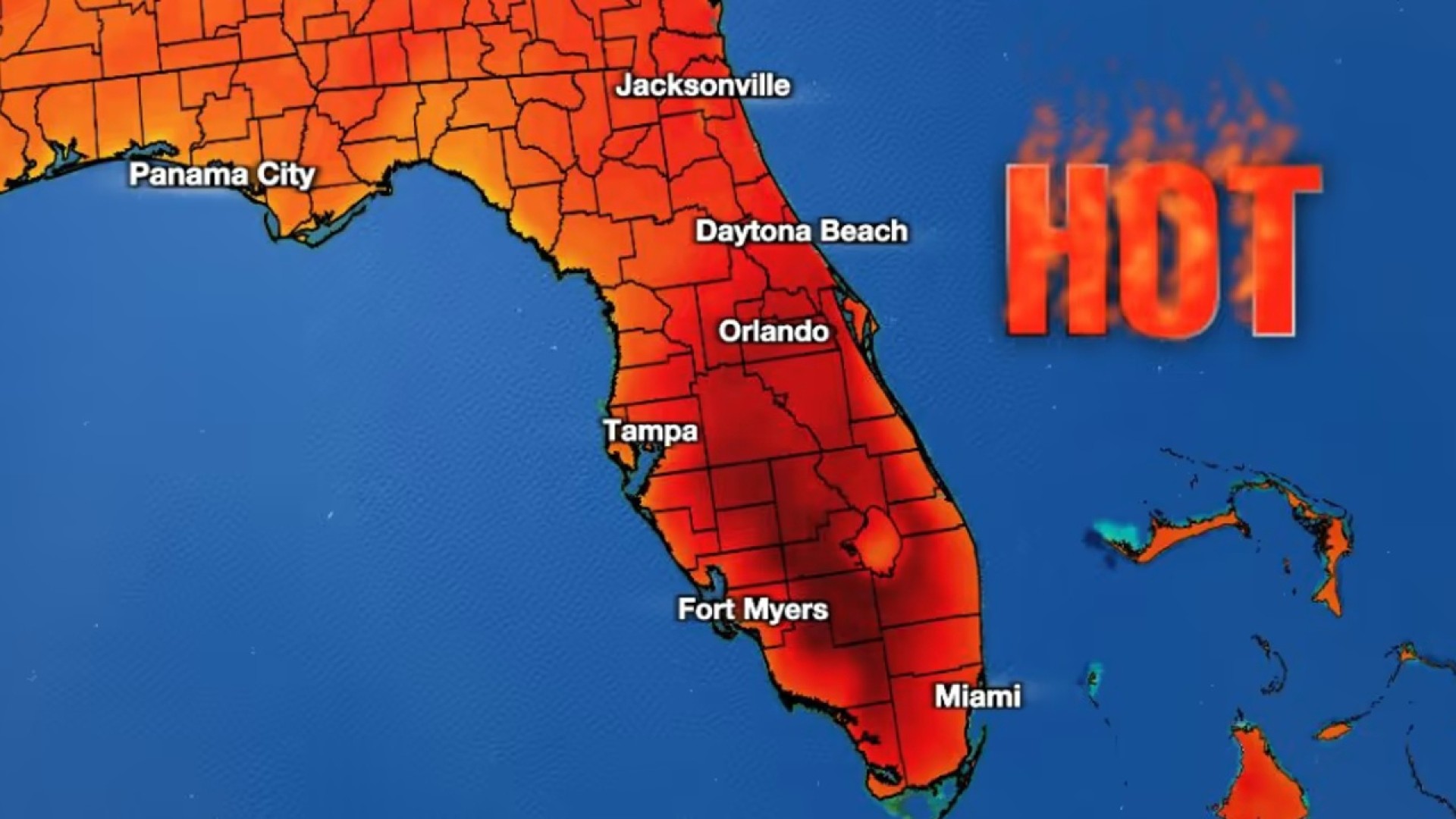A huracán, or hurricane in English, is a massive storm system that forms over warm ocean waters. It’s like a giant spinning top made of air and water, with a powerful central area called the eye. These storms can bring strong winds, heavy rain, and even tornadoes. They are also known for their ability to cause significant damage to anything in their path. In Florida, a huracán can be particularly devastating due to the state’s location and climate.
How Do Huracanes Form?
A huracán starts as a small, organized group of thunderstorms over the ocean. When the water is warm, it helps the air above it rise and create a low-pressure area. As more warm, moist air gets pulled into this area, it starts to spin, forming a cyclone. As the cyclone continues to gain strength, it can develop into a huracán. The stronger the storm, the more dangerous it becomes. This process can take several days, but once it forms, it can move very quickly and cause a lot of damage. Also read Understanding the Impact of a Huracán en Florida A Comprehensive Guide
Huracanes and Florida: A Historical Perspective
Florida has a long history of dealing with huracanes. The state’s location, sitting on the edge of the Gulf of Mexico and the Atlantic Ocean, makes it particularly vulnerable to these powerful storms. Over the years, Florida has experienced many significant huracanes that have caused widespread damage. For example, huracán Andrew in 1992 was one of the most destructive storms in the state’s history, causing billions of dollars in damage and leaving many people homeless.
The Devastating Effects of a Huracán en Florida
When a huracán hits Florida, its effects can be catastrophic. The strong winds from the storm can cause trees to fall, power lines to snap, and buildings to collapse. Heavy rain can lead to severe flooding, which can damage homes, roads, and other infrastructure. Additionally, storm surges – which occur when the ocean’s water is pushed inland by the strong winds – can lead to coastal flooding and erosion. All these factors combined make a huracán a serious threat to life and property in Florida.
How to Prepare for a Huracán
Preparation is key to staying safe during a huracán. Here are some steps you can take to protect yourself and your family:
- Create an Emergency Kit: This should include non-perishable food, water, a flashlight, batteries, a first-aid kit, and any necessary medications.
- Make a Family Plan: Know where you will go if you need to evacuate and how you will get there. Make sure everyone in your family knows the plan.
- Secure Your Home: Check that your windows and doors are strong and can withstand strong winds. Consider installing storm shutters or boarding up windows.
- Stay Informed: Keep up with weather updates and follow the advice of local authorities. Having a battery-powered radio can be useful if the power goes out.
During the Huracán: Safety Tips
When a huracán is happening, staying safe is your top priority. Here are some tips to help you during the storm:
- Stay Indoors: Find a safe place in your home, ideally away from windows and doors. The center of the house is usually the safest place.
- Avoid Flooded Areas: Don’t try to drive or walk through flooded areas, as this can be very dangerous. The water can be deeper than it looks and may carry hidden hazards.
- Listen to Authorities: Pay attention to emergency alerts and follow instructions from local officials. They will provide important information on how to stay safe.
After the Huracán: What to Do
Once the huracán has passed, it’s important to take the following steps:
- Check for Damage: Inspect your home for any damage and be cautious of hazards like downed power lines or unstable structures.
- Avoid Contaminated Water: If the floodwaters have reached your home, make sure your water is safe to drink. Boil water if you are unsure.
- Contact Emergency Services: If you need assistance, contact local emergency services or disaster relief organizations for help.
How Communities Rebuild After a Huracán
Rebuilding after a huracán can be a long and challenging process. Communities work together to repair damaged infrastructure, help those who have lost their homes, and restore normal life. It involves many people, including government officials, volunteers, and local businesses, all coming together to support those affected by the storm. Rebuilding efforts can take months or even years, but with dedication and teamwork, communities can recover and become stronger.
The Role of Technology in Managing Huracanes
Advancements in technology have significantly improved the way we track and manage huracanes. Modern weather satellites provide detailed images and data that help meteorologists predict a storm’s path and intensity. Early warning systems use this information to alert people about an approaching huracán, giving them more time to prepare and evacuate if necessary. Additionally, new building technologies and construction methods help create stronger structures that can better withstand the impact of these storms.
The Future of Huracanes in Florida
As the climate changes, the nature of huracanes may also change. Scientists are studying how rising sea temperatures and changing weather patterns might affect the frequency and intensity of these storms. While we can’t predict exactly what the future holds, it’s clear that continued research and preparation will be crucial in managing the impact of huracanes in Florida. Staying informed and ready is the best way to protect yourself and your community.
Conclusion
Understanding the impact of a huracán en Florida is essential for preparing and protecting yourself from these powerful storms. By knowing how huracanes form, their effects, and how to prepare, you can take steps to stay safe when a storm hits. Communities across Florida have shown incredible resilience in the face of these challenges, and with continued preparation and support, they will continue to recover and rebuild. The future may hold more huracanes, but with the right knowledge and resources, we can face them with confidence and strength.





